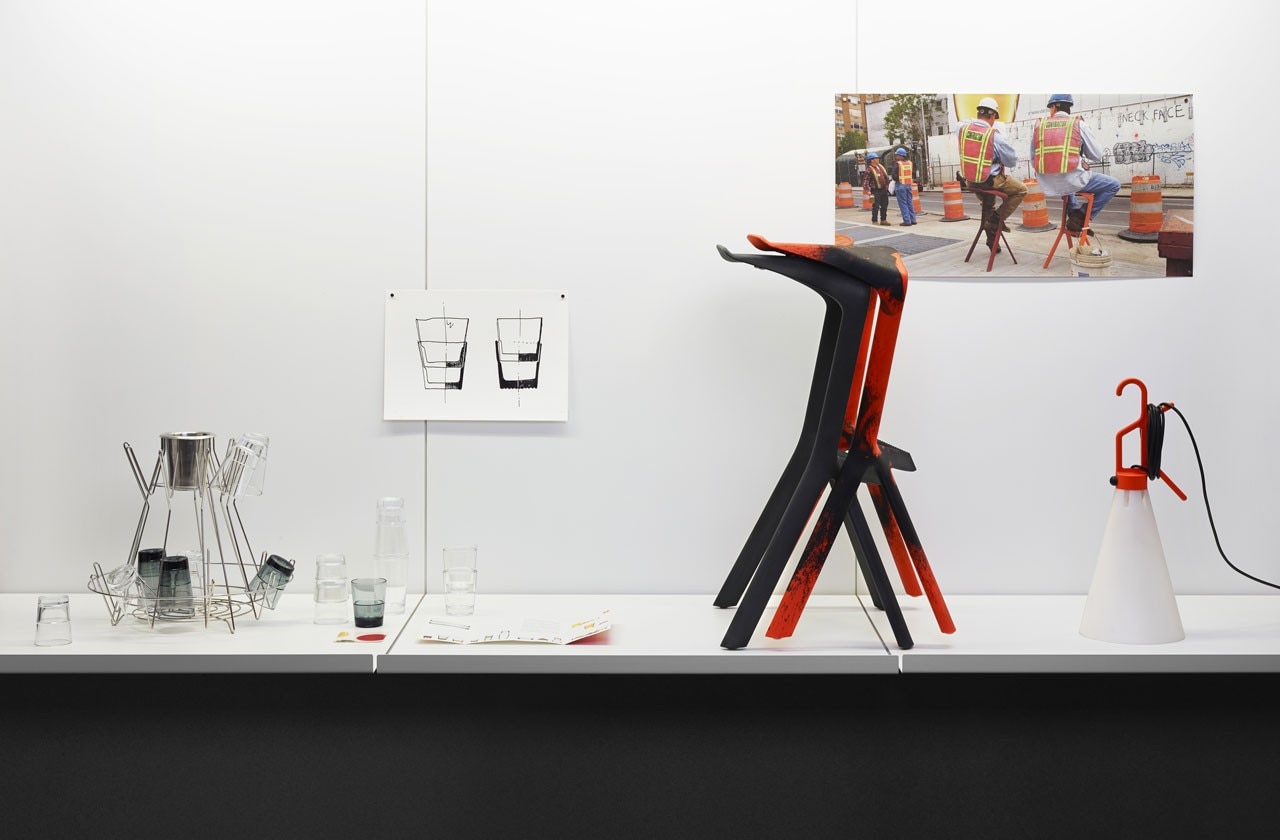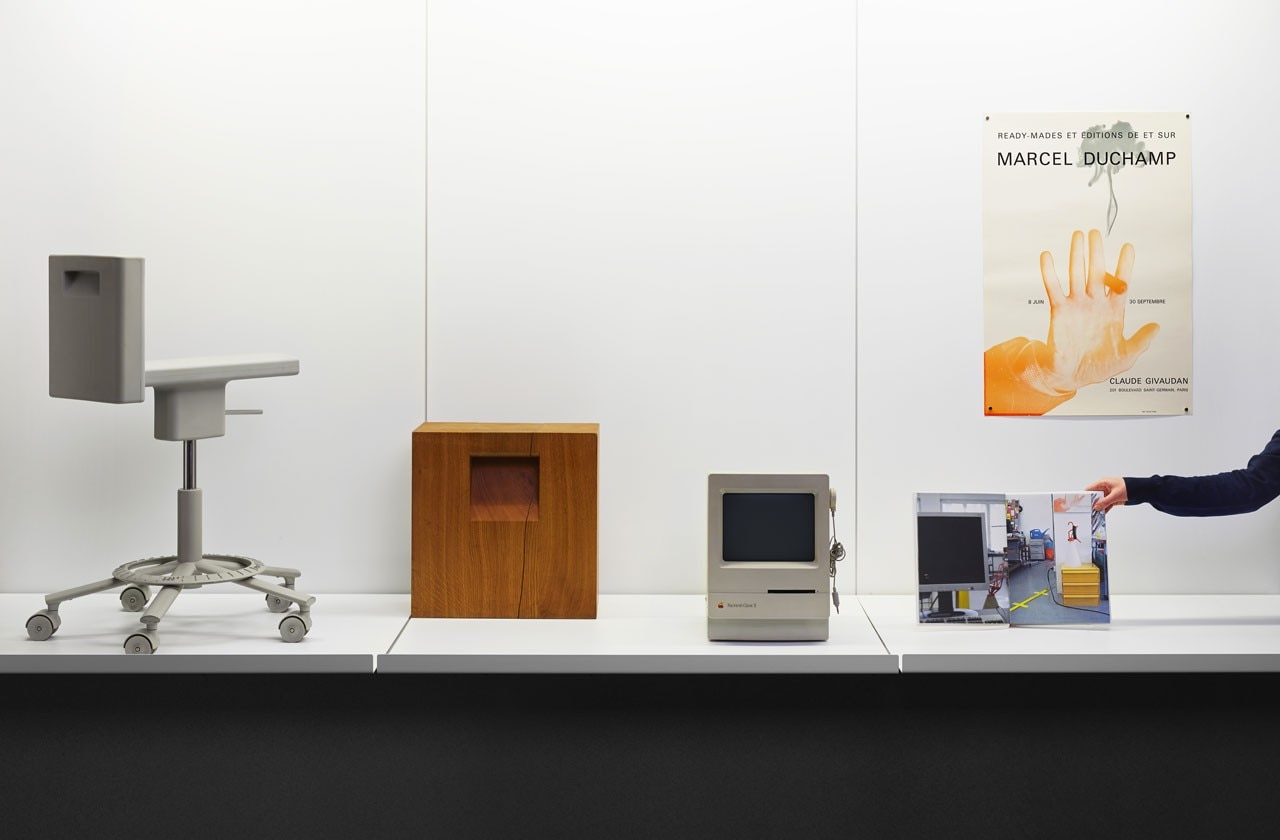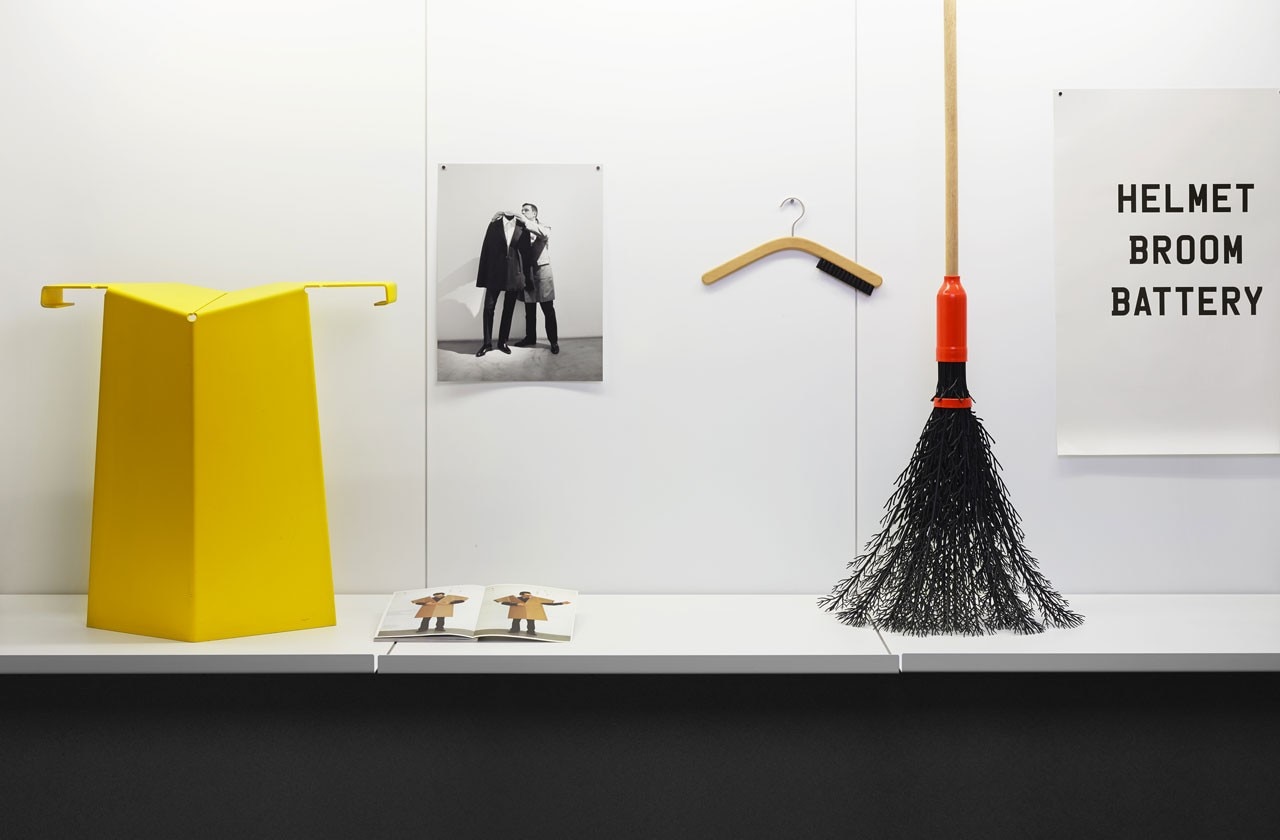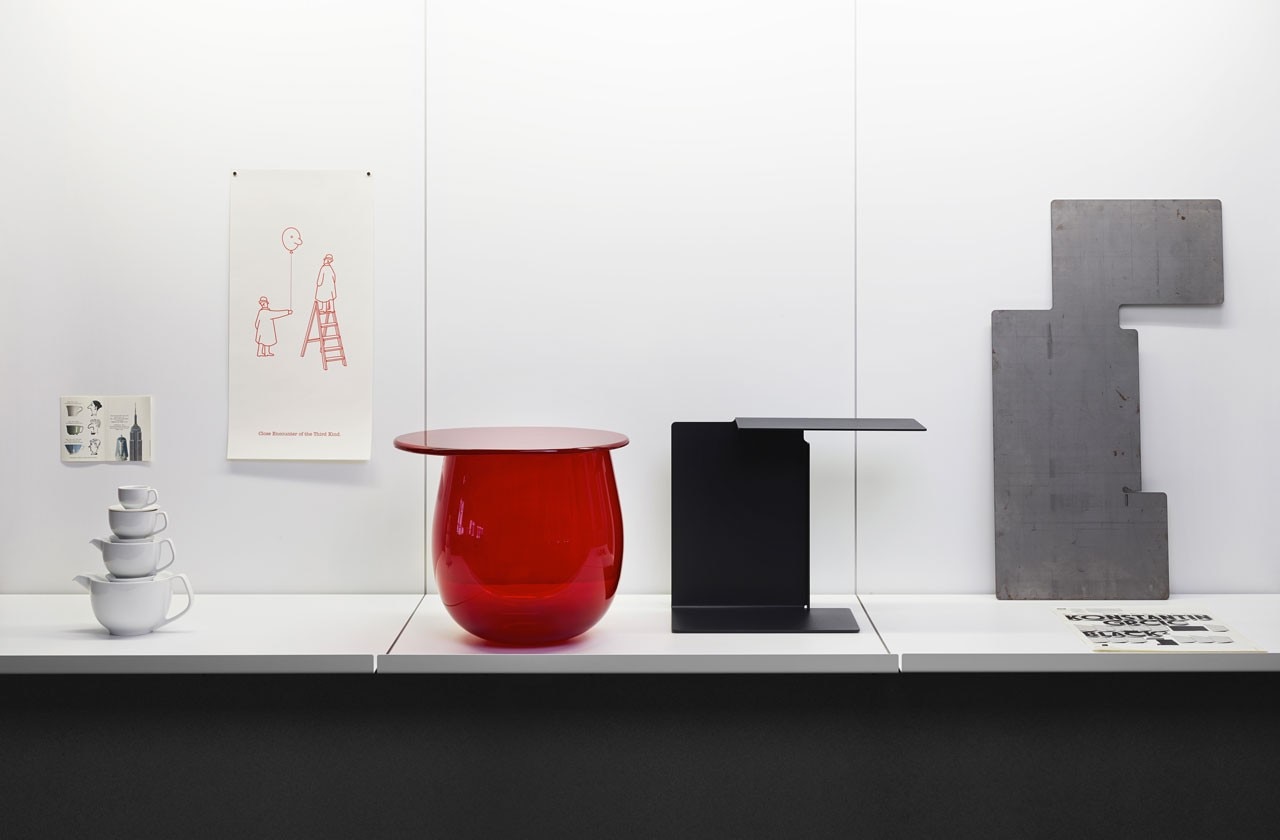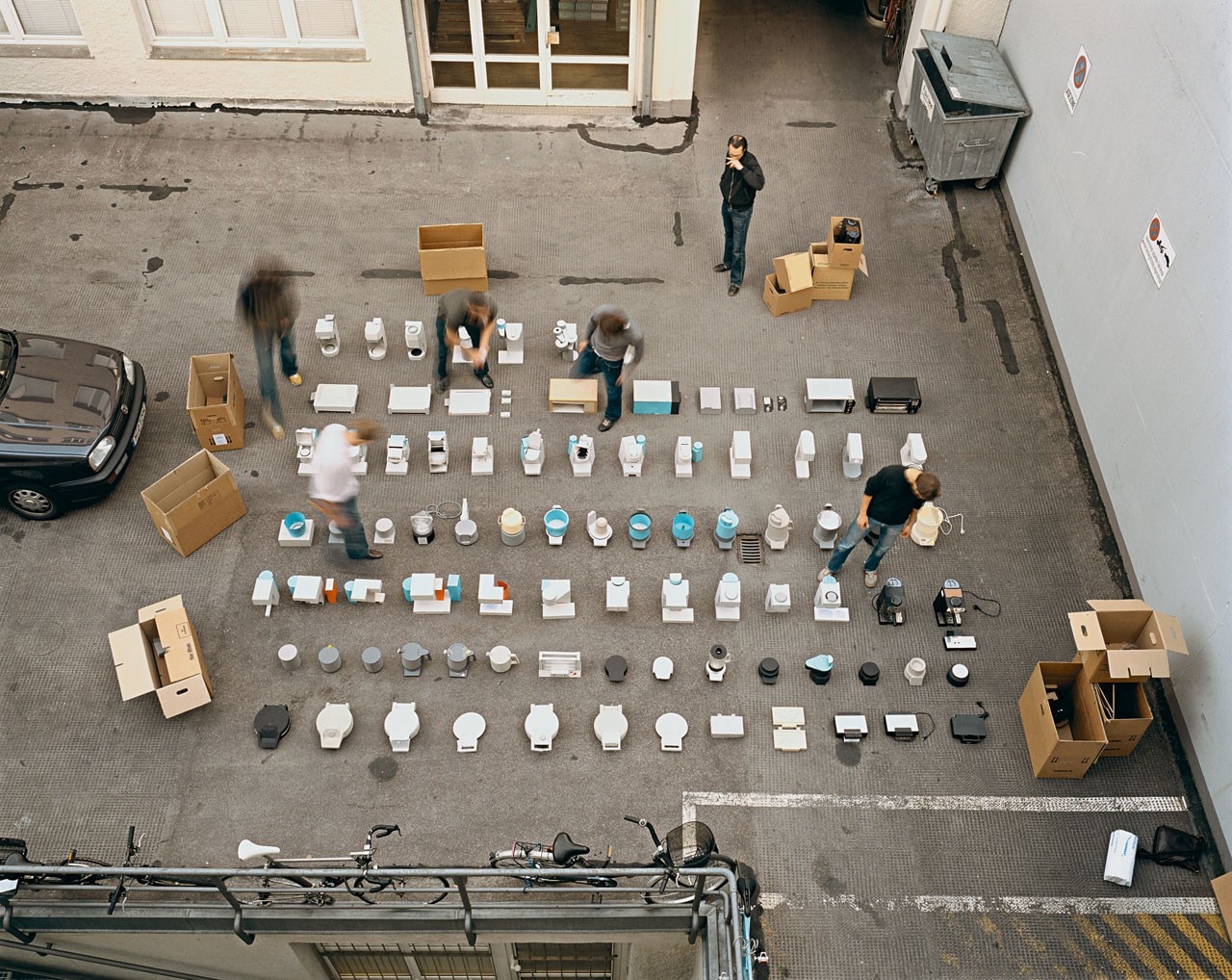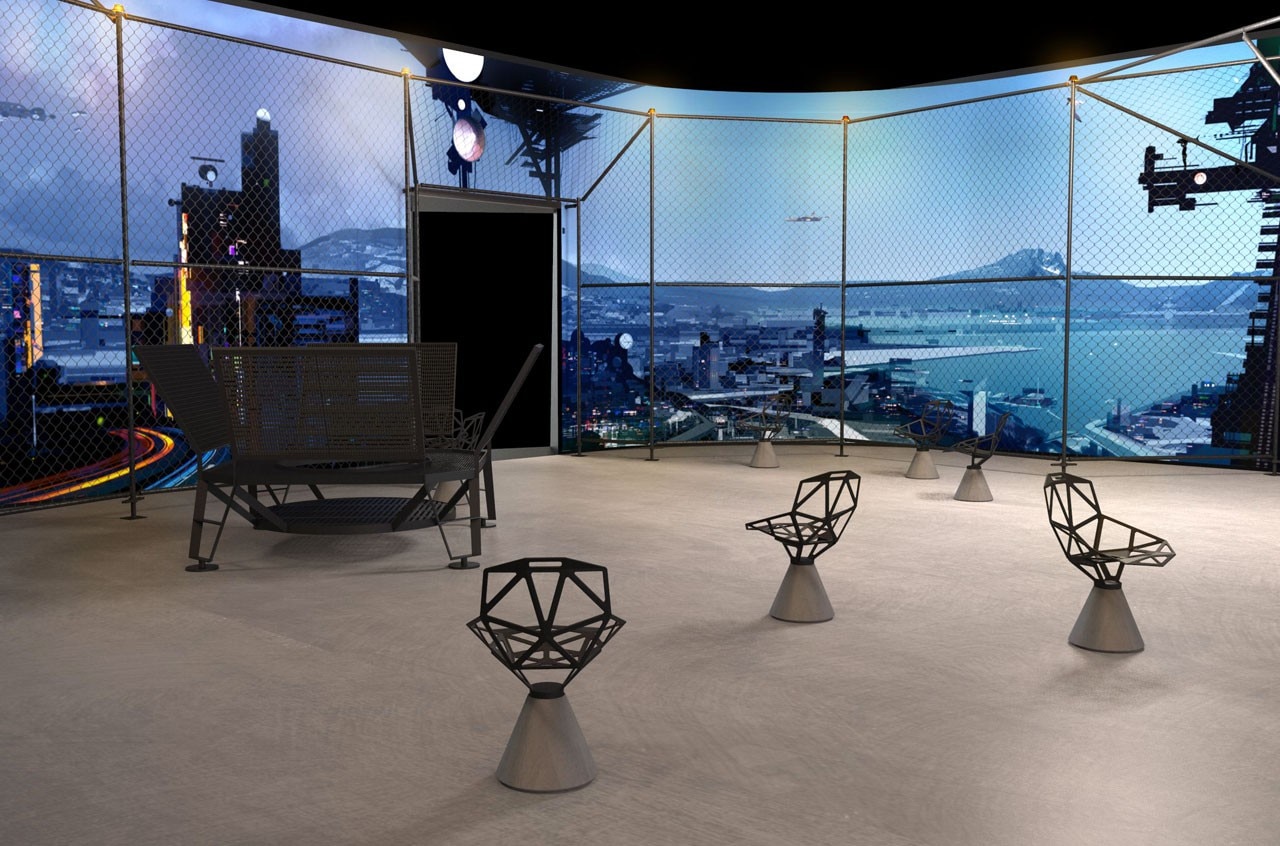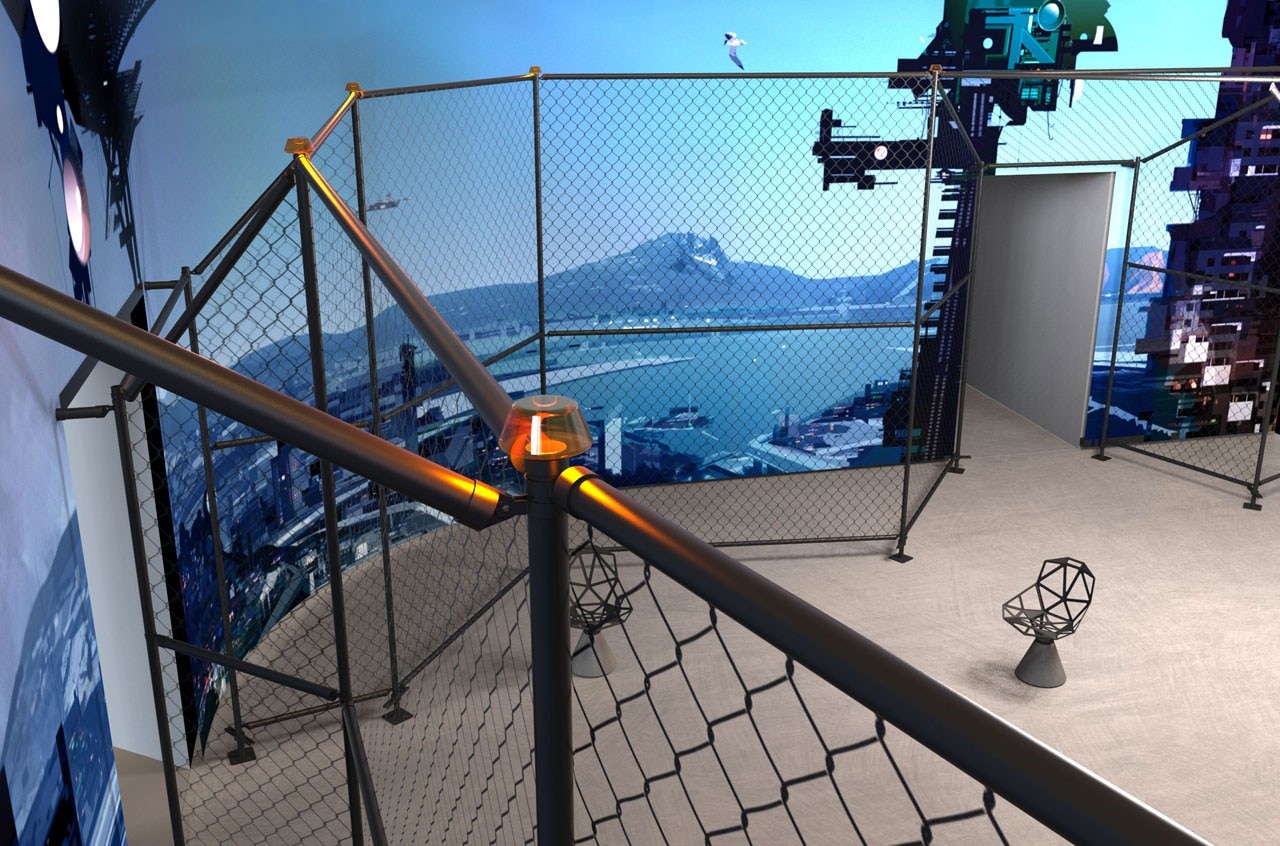Konstantin Grcic's exhibition at the Vitra Design Museum might be described as a retrospective that looks to the future, that narrates the only “Panorama” there is to tell, i.e. the present: where the boundaries between private and public living space and workspace are increasingly blurred.
